Material choices
Using data to choose materials
There is a wide range of materials, including glass and clay ceramics, polymers, metals and composite materials. They have different physical properties, making them suitable for different uses.
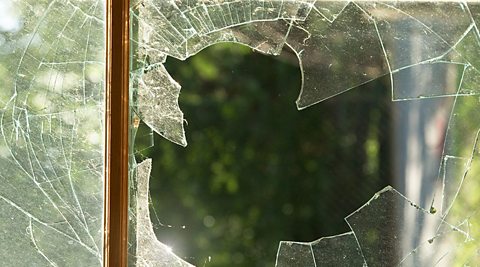
Alloys and polymers
Alloys are mixtures of metals that have useful properties. Addition polymers are made from molecules containing C=C bonds. DNA, starch and proteins are biological polymers.

Bonding, structure and properties of materials - OCR 21st Century
Different materials can be made from atoms of the same element. The properties of the material depend upon the bonding between the atoms and structure of the substance.
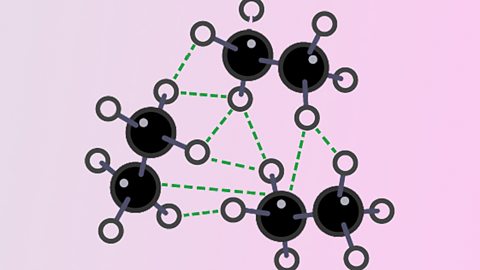
Uses of nanoparticles
Nanoparticles are 1 nm to 100 nm in size. They have very large surface area to volume ratios. The properties of nanoparticulate substances are different from those of the same substance in bulk.
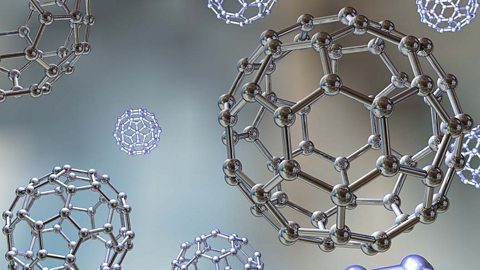
Corrosion - OCR 21st Century
Many metals oxidise when exposed to air. If exposure continues a metal can become weaker over time. This sort of corrosion may be prevented by a range of methods.
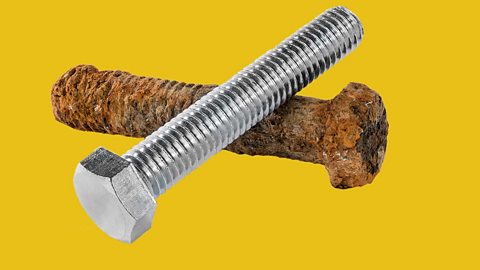
Product disposal and recycling
A life-cycle assessment provides a 'cradle-to-grave' analysis of the impact of a manufactured product on the environment. The method of disposal of a product can affect impact on the environment.
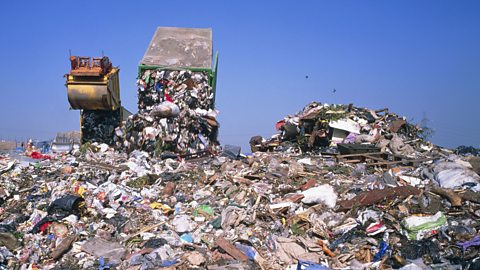
Sample exam questions - Material choices - OCR 21st Century
Understanding how to approach exam questions helps to boost exam performance. Question types will include multiple choice, structured, mathematical and practical questions.

Links
- External linkExternal link
- External linkExternal link
- SubscriptionSubscription
- External linkExternal link
- External linkExternal link
- External linkExternal link
- SubscriptionSubscription
- External linkExternal link